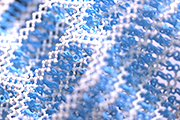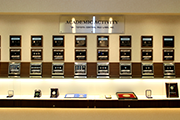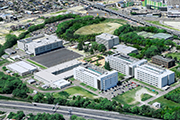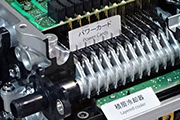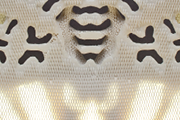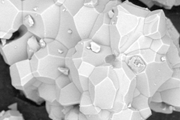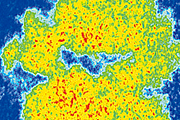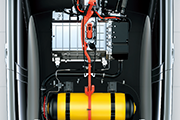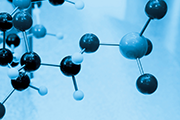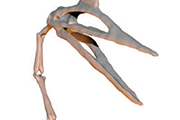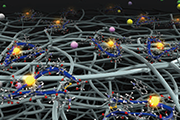Realization of a Fluorine-Ion Battery Using Graphite Fluoride as a Positive Electrode Active Material
A study conducted by Ritsuko Yaokawa et al. was published in the Chemistry of Materials.
As the global demand for rechargeable batteries increases, various technologies are being developed to increase the energy density of rechargeable batteries, and fluorine-ion batteries are attracting attention as one of the possibilities. Fluorine-ion batteries are anticipated to exhibit a theoretical energy density value of approximately 5000 Wh L−1, which is six times higher than that of 800 Wh L−1 for conventional lithium-ion batteries, depending on the combination of electrode active materials. However, among the active materials tested for fluorine-ion batteries, only Cu/CuF2 demonstrated a capacity exceeding 500 mAh g−1. In this study, to increase the positive electrode capacity of fluorine-ion batteries, we proposed a graphite fluoride electrode with a high capacity of 700 mAh g−1 and minimal environmental impact, and have revealed the redox reaction mechanism of graphite fluoride. This approach allows the development of fluorine-ion batteries with high energy densities and can contribute to the realization of a sustainable society in the future.
Title: Redox Reaction Mechanism of Graphite Fluoride (CF)n in Fluoride-ion Batteries
Authors: Yaokawa, R., Mukai, K., Nonaka, T., Kosaka, S., Ogihara, N.
Journal Name: Chemistry of Materials
Published: December 26, 2023
https://doi.org/10.1021/acs.chemmater.3c02217


















